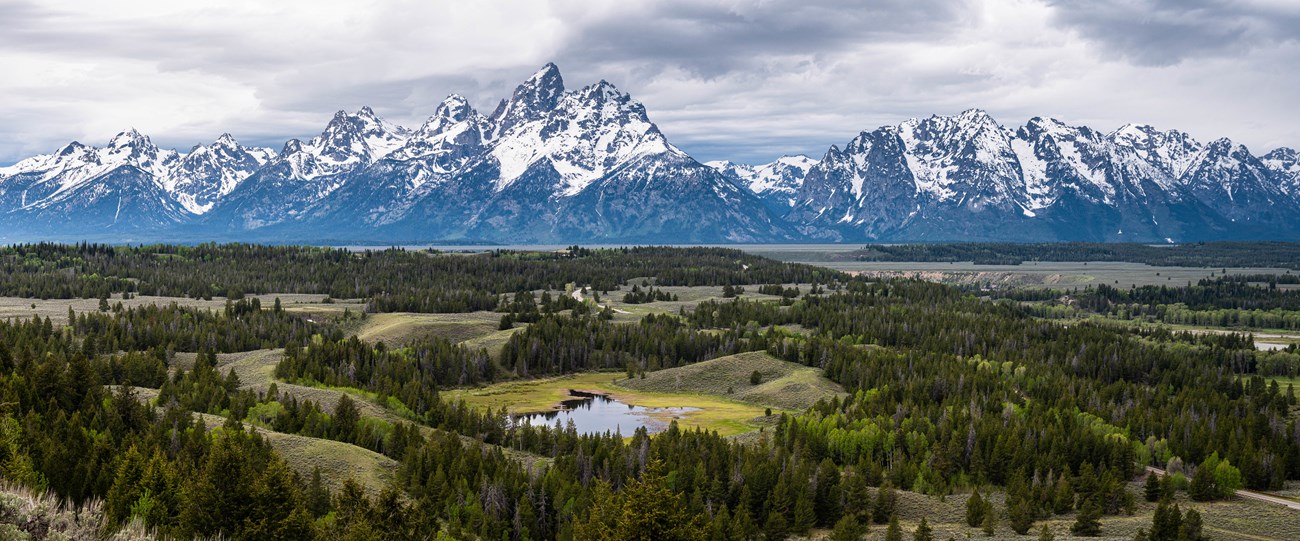
NPS/Adams The park's elevation rises from 6,320 feet on the sagebrush-dominated valley floor to 13,770 feet on the windswept summit of the Grand Teton. Between the summit and plain, forests carpet the mountainsides. During summer, wildflowers paint meadows in vivid colors. Crystalline alpine lakes fill glacial cirques, and noisy streams cascade down rocky canyons to lakes at the foot of the range. These lakes, impounded by glacial moraines, mirror the mountains on calm days. With headwaters north of the park, the Snake River winds its way through the valley and across this amazing scene. Long, snowy, and bitterly cold winters make the climate of Jackson Hole unforgiving. The coldest temperature ever recorded in the park was -63°F, and snow often blankets the landscape from early November to May. Brief, relatively warm summers provide a respite from the rigors of winter and a time of renewal and rebirth. In cooperation or competition, the plants and animals adapt to this harsh climate and dramatic elevation change as each finds ways to survive. 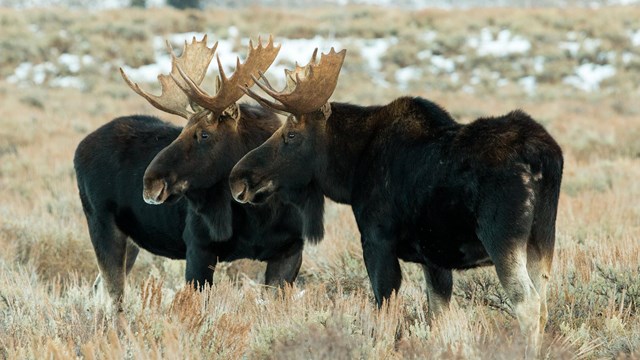
Explore Wildlife
From the tiniest shrew to the largest grizzly bear, wildlife draws visitors from around the world. 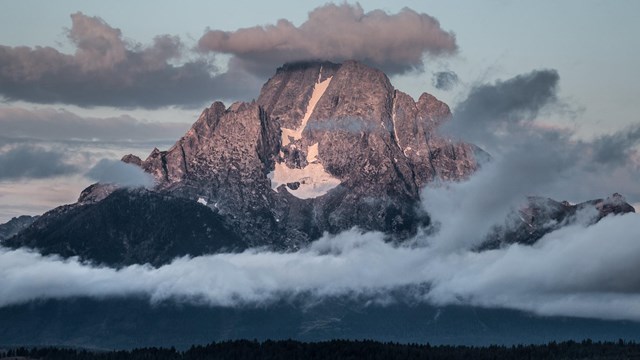
Explore Geology
From the rocks forming the mountains to the forces shaping the landscape. 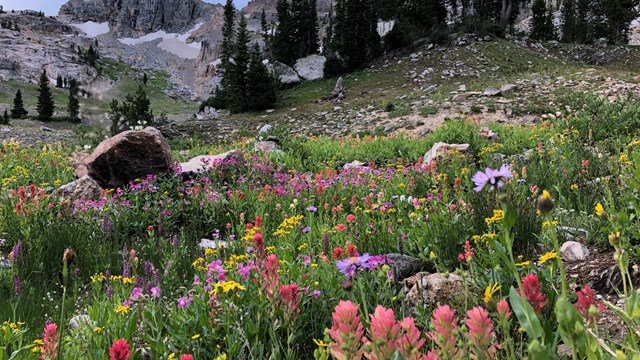
Explore Plants
Wildflowers draw attention, sagebrush forms the backdrop, but forests support the landscape. 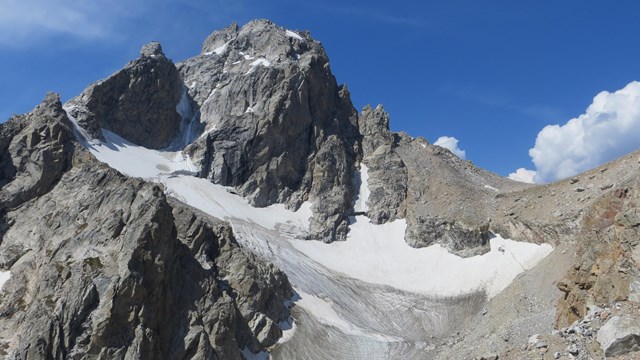
A Changing Climate
A melting glacier or a pika's habitat - all signs of a changing climate. 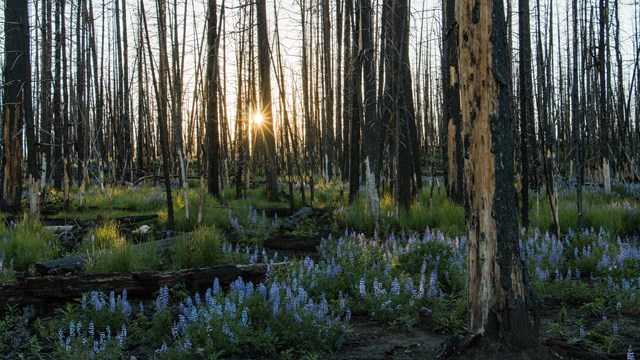
Wildland Fire
Wildland fire is important for wildlife habitat, nutrient recycling, plant diversity, and overall landscape health. 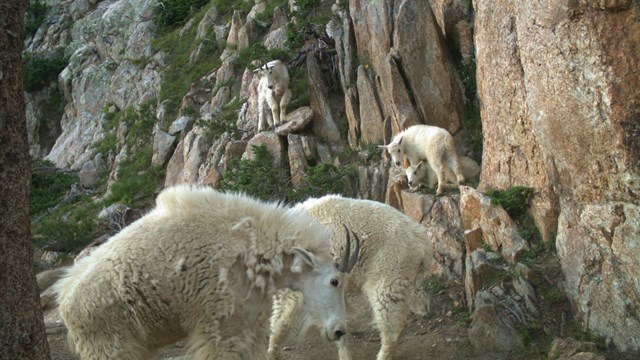
Nonnative Species
Nonnative plants and animals may displace park resources 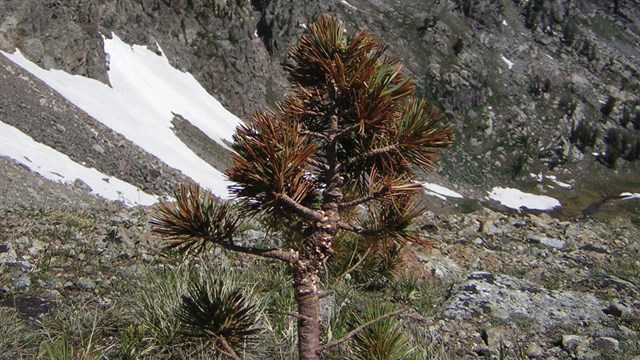
Disease
A number of diseases impact plants and animals. 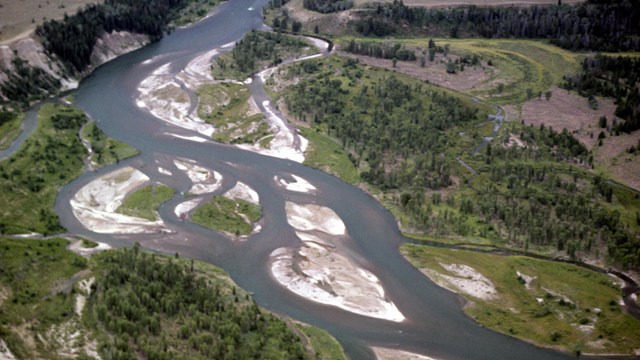
Hydrology
Rivers, lakes, and hot springs support the ecosystem |
Last updated: April 23, 2025
